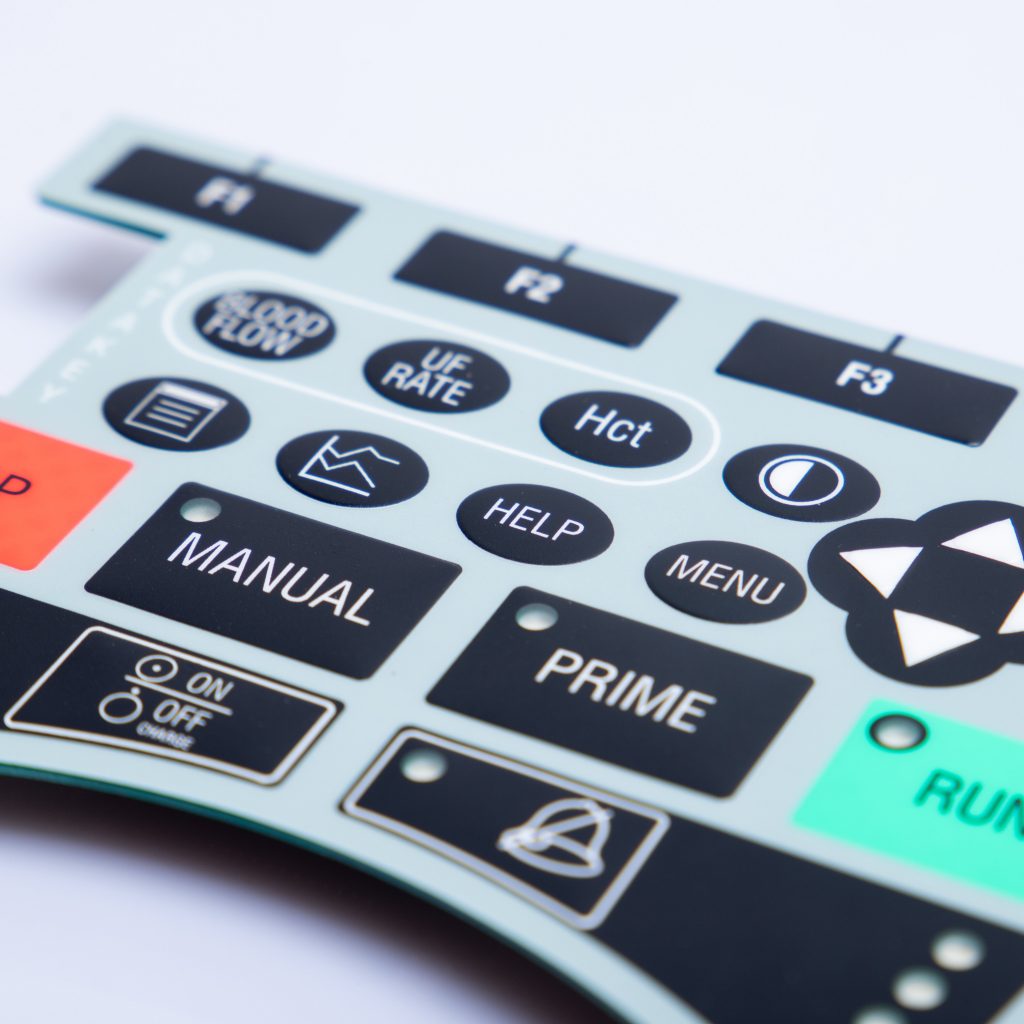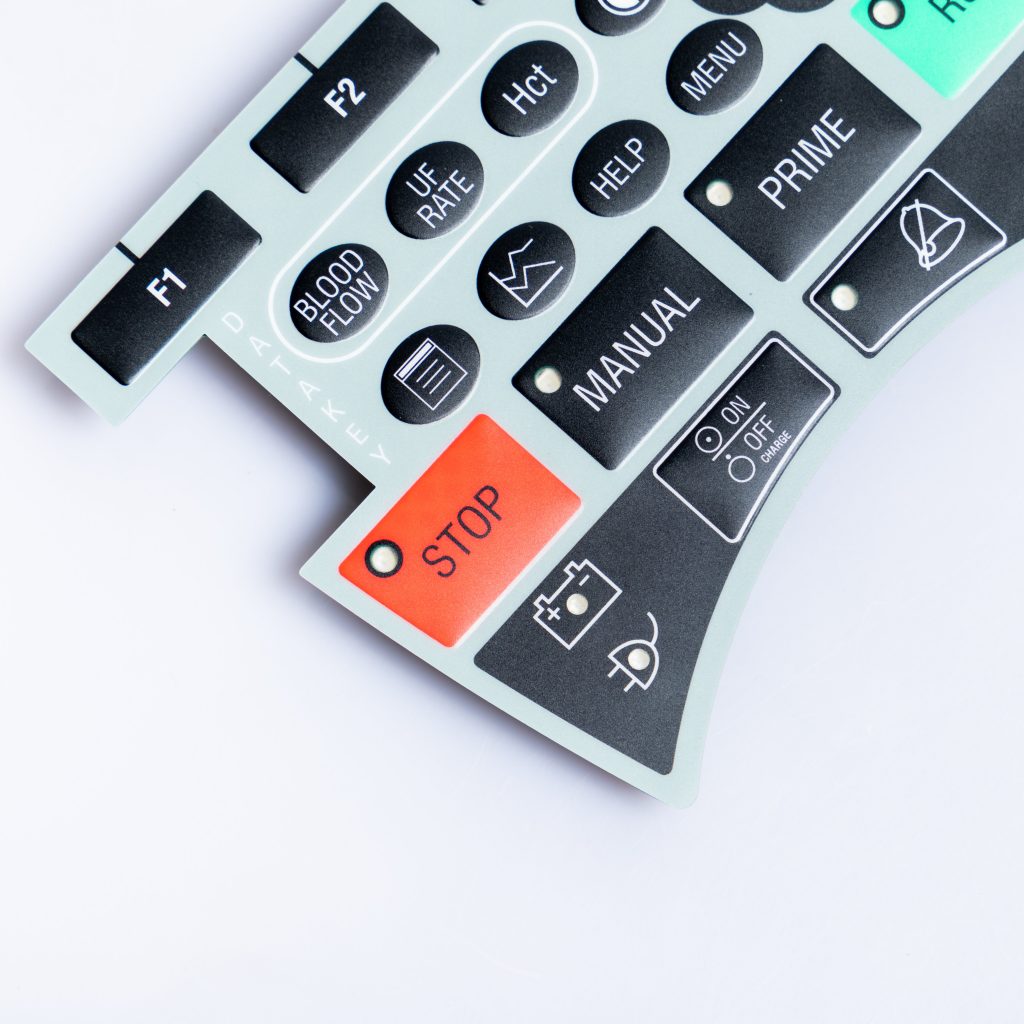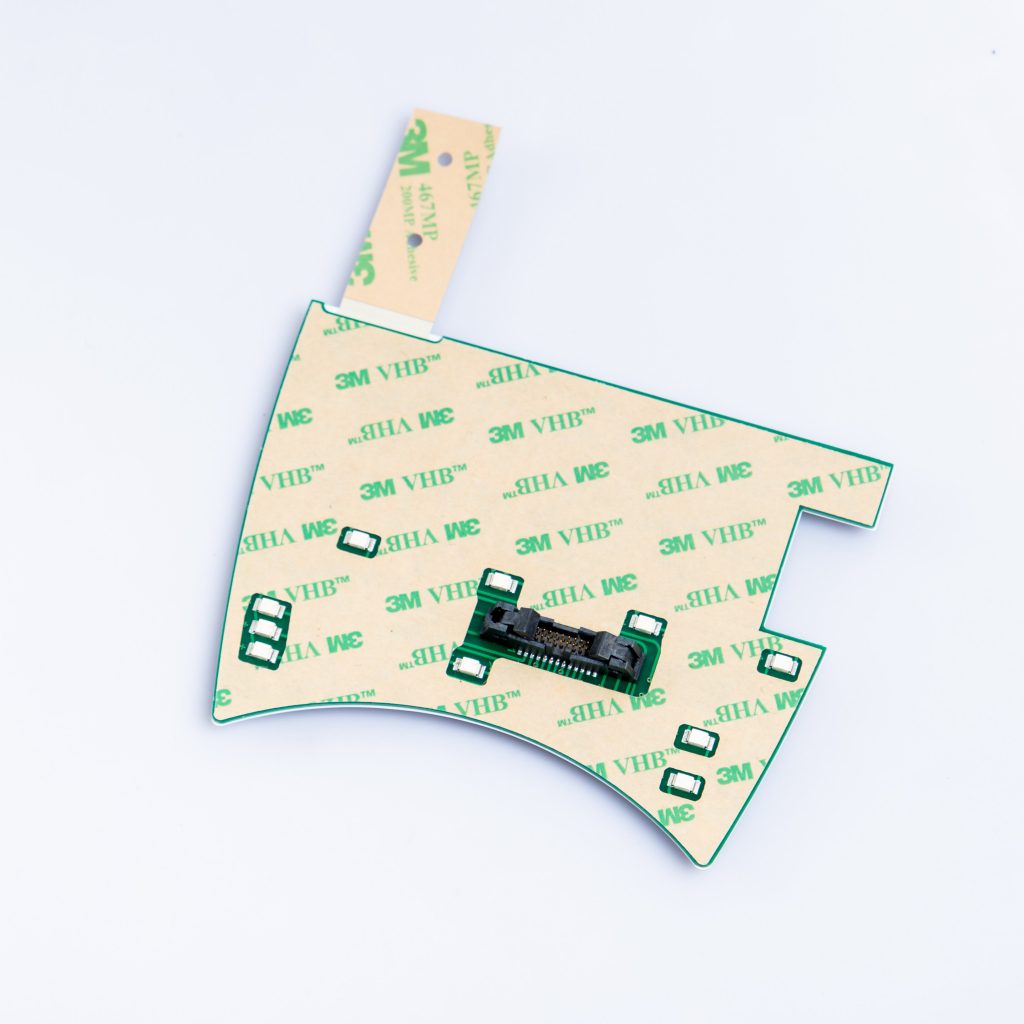Contact
Write to Us And We Would Be Happy to Advise You.
Do you have any questions, or would you like to speak directly with a representative?
By hqt
Ever sipped on a cup of joe and wondered how your coffee maker’s touch controls work? Behind that seamless touch is a capacitive membrane switch. And at the heart of this switch lies a critical decision: the choice between PET, FPC, or PCB circuits. Why does it matter, you ask? Let’s dive in!



What are PET, FPC, and PCB?
These acronyms sound like technical mumbo-jumbo, right? PET stands for Polyethylene Terephthalate, FPC for Flexible Printed Circuit, and PCB for Printed Circuit Board. Each of these circuits has its own set of strengths and challenges.
The role of circuits in a capacitive membrane switch
Imagine a circuit as the nervous system of your coffee maker controls. It’s responsible for sending signals when you touch a button or swipe a control. Choosing the right circuit ensures swift and accurate responses.
Advantages
Disadvantages
Advantages
Disadvantages
Advantages
Disadvantages
Each circuit type offers a unique blend of features. For coffee maker controls, you’d ideally want a circuit that’s durable, resistant to heat and moisture, and provides swift responses. Which one checks all the boxes?
Durability
If you’re someone who uses their coffee maker multiple times a day, durability is key. While PET is decent, PCB stands out in this arena.
Cost-effectiveness
On a budget? PET is a winner here. However, remember that sometimes a higher initial investment in FPC or PCB can save costs in the long run.
Flexibility
Want a sleek design with curves? FPC is your best friend. But if design isn’t a concern, PET or PCB can do the trick.
Performance
All three circuits perform well, but for intricate designs and swift responses, FPC and PCB have an edge.
Most high-end coffee makers in the market opt for FPC or PCB circuits, given their reliability and performance. However, for budget models, PET is still a popular choice.
For daily coffee drinkers seeking durability and performance, FPC or PCB is the way to go. But if you’re looking for a budget-friendly option and are okay with a simpler design, PET should serve you well.
The heart of your coffee maker’s touch control, the circuit, plays a pivotal role in its performance. Whether it’s the cost-effective PET, the flexible FPC, or the robust PCB, each has its merits. Evaluate your needs, weigh the pros and cons, and make an informed decision. After all, nothing should stand between you and your perfect cup of coffee, right?
Do you have any questions, or would you like to speak directly with a representative?